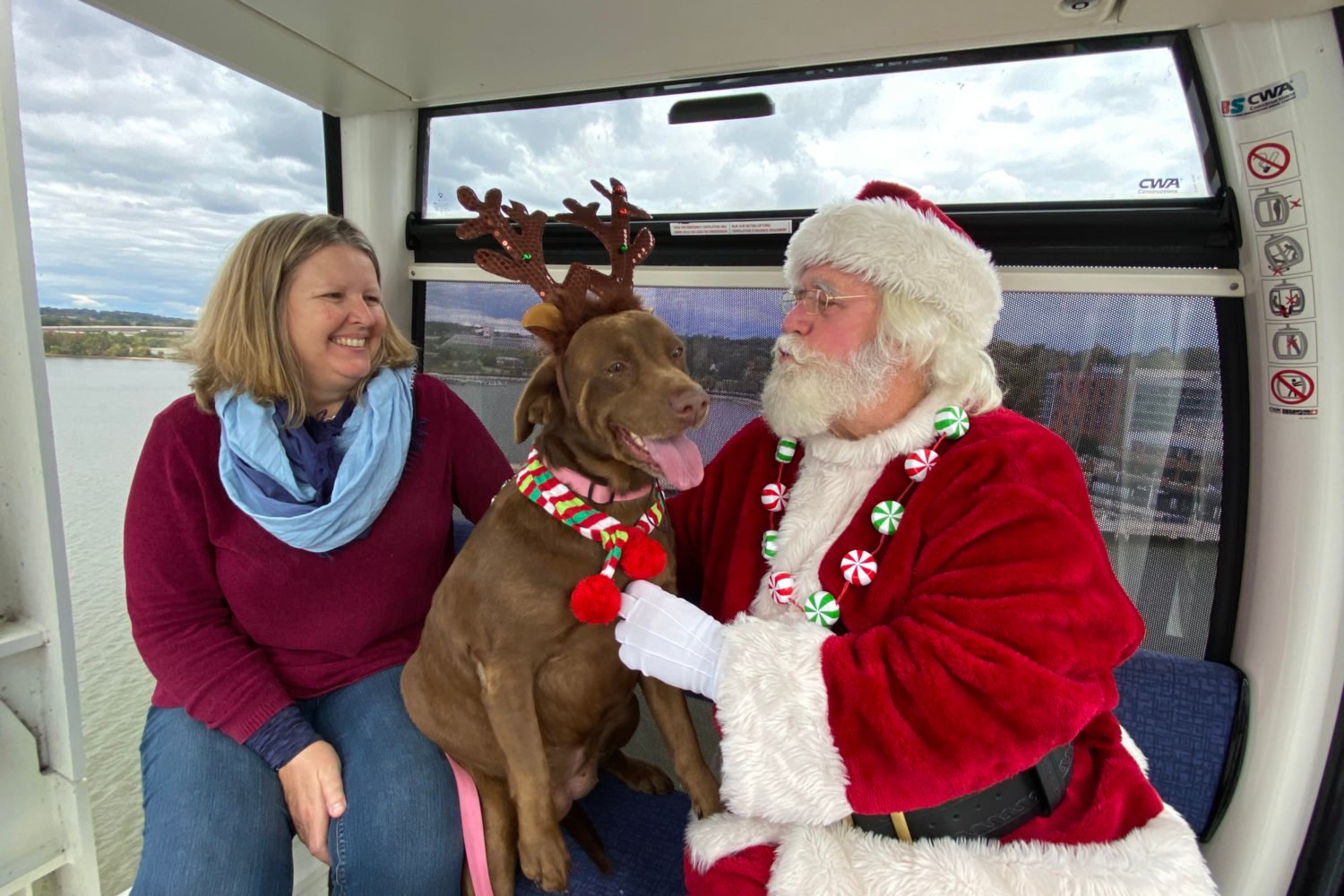Harper loved squirrels. So hours before their final trip to the vet in November, John Loughney brought the eight-year-old spaniel mix to Capitol Hill’s Garfield Park and watched as she took one last run at them. “It was like every squirrel in the world came out to say goodbye,” says Loughney, who lives near Eastern Market.
A few weeks later, thousands of people around the world would also watch Harper leap for her favorite critters in a video tribute Loughney posted on YouTube and Facebook. “Dear Harper” racked up more than 30,000 views in two months, though it was hardly the dog’s first social-media appearance. Harper had her own Instagram hashtag, and when she was diagnosed with cancer, Loughney detailed on Facebook how they would spend their remaining months together.
Deciding how to share news of a human friend or family member’s death online has become such a standard part of mourning that sites like Facebook have added features to accommodate it. For users such as Loughney, though, social-media platforms can also be uniquely comforting following a pet’s passing. It might be because so many people can relate to the bond between human and pet. Or because the internet is a place where a companion animal’s death tends to be treated with the emotional weight experts say it deserves. For some, a social-media post is simply an easier method—one that doesn’t involve risking a breakdown in front of friends or coworkers—for sharing the bad news.
According to Kathy Reiter, who leads pet-grief support groups in Northern Virginia, the most important step in dealing with the loss of an animal is expressing your feelings. Social media can be an ideal outlet, but with a caveat: In a society where a pet’s death is still viewed as less emotionally significant than a person’s, expressing those feelings in a public forum can leave mourners vulnerable. Loughney, for example, worried that his video might come off as obnoxious.
“The last thing you want is for somebody to put themselves out there and to be ridiculed,” Reiter says. “A couple comments can just make the whole situation even worse.”
Laura Fostek knows the kind of remarks Reiter is referring to—“It’s only a dog; just get another one”—though she heard them in person after losing her 20-year-old teacup poodle, Lacy, last August and her 19-year-old cat, Kirby, in November. “I feel like a lot of people don’t get it,” says Fostek, who lives in Fairfax.
Online and at Reiter’s meetings, however, Fostek says she and her husband, Mark, found friends who didn’t question why they considered their animals’ deaths as devastating as a human family member’s. By posting Facebook photos of their pets and of the memorial garden they planted, the Fosteks say they’ve worked through their pain with support they wouldn’t have received elsewhere.
“Social media has helped bring people together,” Laura says. “Some people are afraid to talk to people face to face.”
Since Michelle and Larry Kownacki, who own Annapolis’s Paws Pet Boutique, lost their Jack Russell terrier in November, Michelle says she doesn’t feel comfortable talking about “Gentle Ben” except from behind her computer screen: “He became a fixture in our store and in our social-media community. Knowing so many people cared for him, we felt we needed to share the loss with our friends and followers on Facebook and Instagram.”
There is, of course, another reason social media is such an obvious platform for grieving pets. The squirrel-leaping is only part of Loughney’s YouTube tribute to Harper. Before that, viewers see the shaggy black dog roll in the grass, lick her owner’s face, and stick her head out the car window, ears flapping. She’s adorable in the ways only an animal can be. Giving pets a final online hurrah lets everyone revel in it one last time.
This article appears in our April 2016 issue of Washingtonian.



















